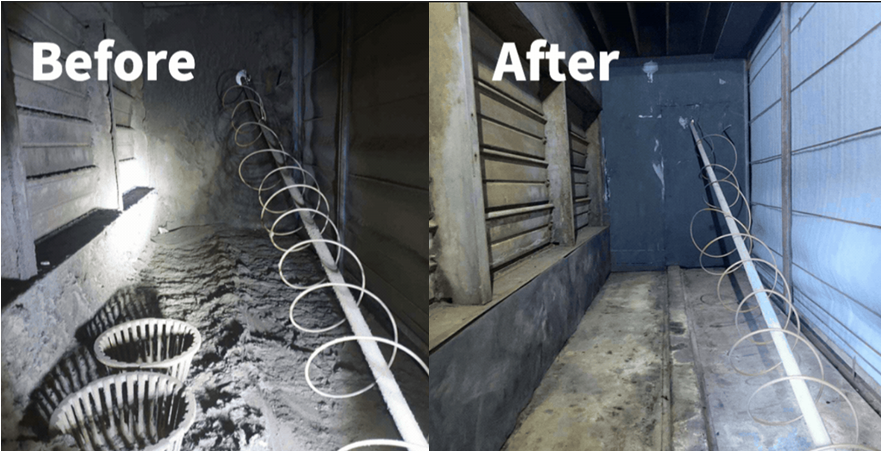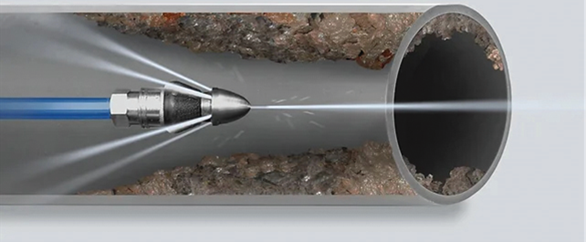HVAC Equipment Refurbishment Helps Save Money
Making capital equipment replacement decisions is never easy, due to the potential impact on budgets, operations, and occupant comfort. If you have...

Making capital equipment replacement decisions is never easy, due to the potential impact on budgets, operations, and occupant comfort. If you have...

HONORING BLACK HISTORY MONTH IN OUR COMMUNITY In honor of Black History Month we have curated a list of community events not only happening in the...

Hydro Jetting is Now Available from GEM Service

Rudolph Libbe Group Helps ProMedica Get More Services Under One Roof

RLG Moves Up the Crain’s Cleveland Business Ranking in NE Ohio Rudolph Libbe Group’s operations in Northeast Ohio continue to grow and attract notice...

Construction Inclusion Week Construction Inclusion Week is October 16-20, 2023, and the need for a diversity of additional skilled trades workers is...

When capital budgeting time begins each year for your facility, it can be very challenging to get money for major HVAC systems without insight into...

When Ohio recently approved sports betting, Hollywood Casino Toledo in northwest Ohio recognized the opportunity to add yet another winning...

Meeting the Highest HVAC Technician Standards Make sure your HVAC contractor meets these requirements before choosing a resource. When you request an...

9 Things You Should Require from Your HVAC Service Provider Whether you already have an HVAC service provider, or you’re in the process of looking...

If you’ve been putting off a facility upgrade, remodel, or expansion, take a moment to review this flip book of examples.